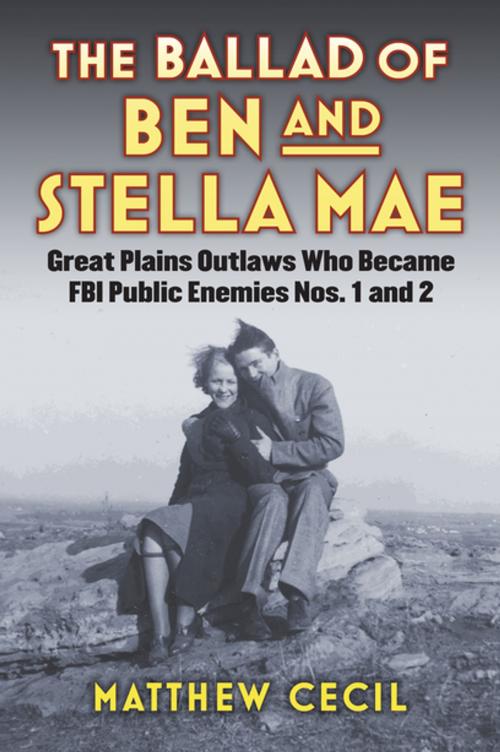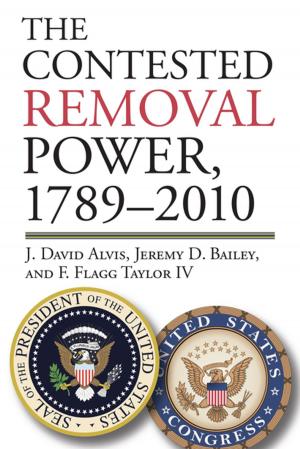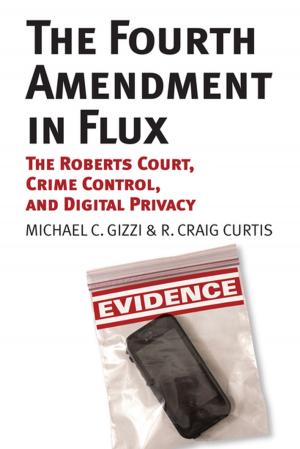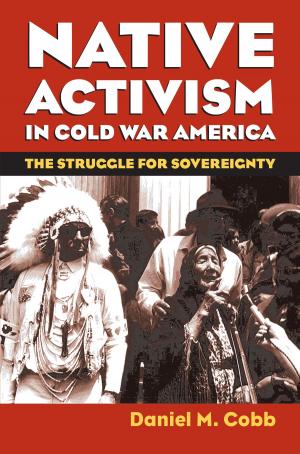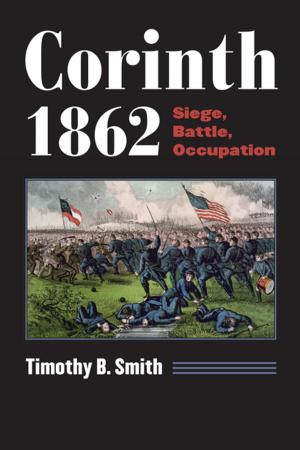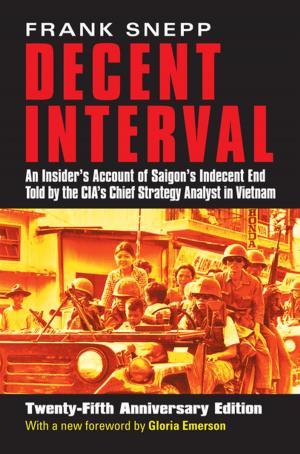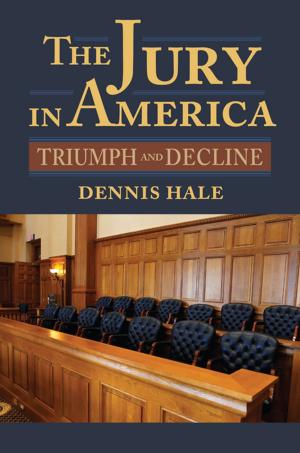The Ballad of Ben and Stella Mae
Great Plains Outlaws Who Became FBI Public Enemies Nos. 1 and 2
Nonfiction, Social & Cultural Studies, Political Science, Politics, Law Enforcement, True Crime| Author: | Matthew Cecil | ISBN: | 9780700623259 |
| Publisher: | University Press of Kansas | Publication: | September 12, 2016 |
| Imprint: | University Press of Kansas | Language: | English |
| Author: | Matthew Cecil |
| ISBN: | 9780700623259 |
| Publisher: | University Press of Kansas |
| Publication: | September 12, 2016 |
| Imprint: | University Press of Kansas |
| Language: | English |
On August 25, 1938, twenty-five-year-old Ben Dickson and his fifteen-year-old wife Stella Mae robbed the Corn Exchange Bank in Elkton, South Dakota, making off with $2,187.64. Two months later they hit a bank in nearby Brookings for $17,593—after waiting two hours for the vault’s time-lock to open while the bank's manager went on processing loans for customers. Unfortunately for these two small-time outlaws, the FBI was in short supply of public enemies at the time, and a newly minted Bonnie and Clyde was exactly what J. Edgar Hoover needed to stoke the agency's public relations machine.
Retrieving the Dicksons from the fog of history and the hype of the FBI’s “Most Wanted” narrative, The Ballad of Ben and Stella Mae tells the story of a damaged small-town girl and her petty criminal husband whose low-key crime spree became, as True magazine proclaimed, “The Crimson Trail of Public Enemies One and Two.” The book follows Stella Mae and Ben from their troubled beginnings in Topeka through the desperate adventure that the FBI recast as a dangerous rampage, stirring a media frenzy and a nationwide manhunt that ended in betrayal and bloodshed: Ben dead, shot in the back outside of a hamburger joint in Forest Park, Missouri, and Stella Mae, a juvenile, put away for ten years.
The Dicksons first captured Matthew Cecil's imagination as a teenager in his hometown of Brookings, where their bank robbery remains the stuff of legend. When, many years later, their file turned up in his research into the FBI, the tale of their exploits—and exploitation at the hands of J. Edgar Hoover—proved irresistible. Readers of this Depression-era story, retold here in all its grit and tarnished glory, will find it no less compelling.
On August 25, 1938, twenty-five-year-old Ben Dickson and his fifteen-year-old wife Stella Mae robbed the Corn Exchange Bank in Elkton, South Dakota, making off with $2,187.64. Two months later they hit a bank in nearby Brookings for $17,593—after waiting two hours for the vault’s time-lock to open while the bank's manager went on processing loans for customers. Unfortunately for these two small-time outlaws, the FBI was in short supply of public enemies at the time, and a newly minted Bonnie and Clyde was exactly what J. Edgar Hoover needed to stoke the agency's public relations machine.
Retrieving the Dicksons from the fog of history and the hype of the FBI’s “Most Wanted” narrative, The Ballad of Ben and Stella Mae tells the story of a damaged small-town girl and her petty criminal husband whose low-key crime spree became, as True magazine proclaimed, “The Crimson Trail of Public Enemies One and Two.” The book follows Stella Mae and Ben from their troubled beginnings in Topeka through the desperate adventure that the FBI recast as a dangerous rampage, stirring a media frenzy and a nationwide manhunt that ended in betrayal and bloodshed: Ben dead, shot in the back outside of a hamburger joint in Forest Park, Missouri, and Stella Mae, a juvenile, put away for ten years.
The Dicksons first captured Matthew Cecil's imagination as a teenager in his hometown of Brookings, where their bank robbery remains the stuff of legend. When, many years later, their file turned up in his research into the FBI, the tale of their exploits—and exploitation at the hands of J. Edgar Hoover—proved irresistible. Readers of this Depression-era story, retold here in all its grit and tarnished glory, will find it no less compelling.
